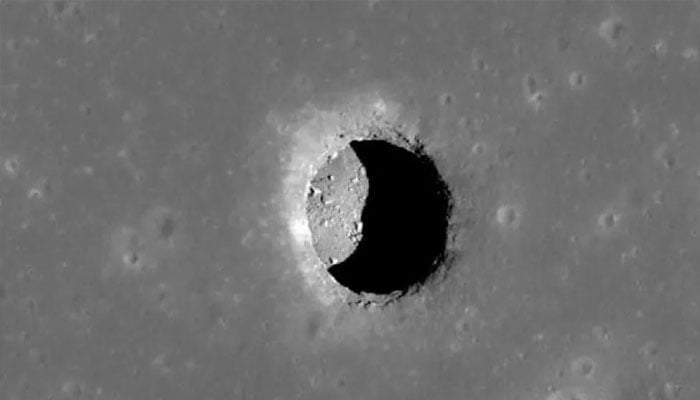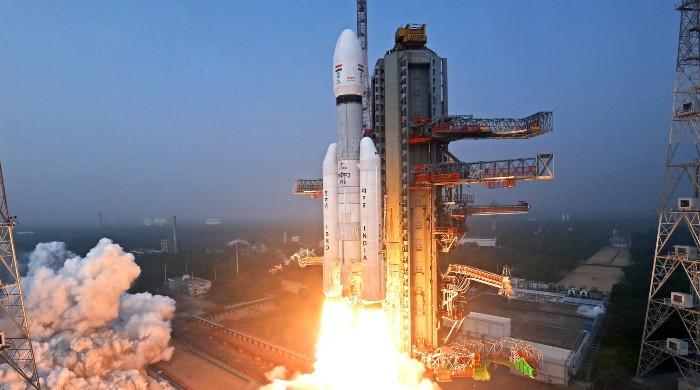Newly discovered Moon cave could support future human bases
This cave is one of maybe hundreds located in a “subterranean, vacated globe,” as pros likely outline
July 16, 2024

Astronomers and space explorers have found a lunar cave at least 100 meters in depth that may be excellent for establishing a lunar settlement.
This cave is one of maybe hundreds located in a “subterranean, vacated globe,” as pros likely outline.
Plans for the colonisation of the Moon are actively under development now, and it is necessary to protect from radiation, temp, and space storms.
It is regarded that within twenty to thirty years people can be living in lunar pits, this was made known by Helen Sharman, the first British astronaut in space before BBC News. However, because of this depth, one may have to descend, or slang or use ‘jet packs or a lift’ to exit.
The cave was discovered with space radar by two engineers of the University of Trento, Italy, Lorenzo Bruzzone and Leonardo Carrer when they ‘shot’ a radar signal through an entrance-like hole ßeat in the wall of a pit on Mare Tranquillitatis visible from the Moon’s surface and the Apollo 11 landing site.
The cave has an aperture on the lunar surface, Trench walls at 90 degrees to the horizon and with overhang, the floor declines gently to an unknown depth. It has been created several millions or even billions of years ago due to the flowing lava.
The closest territory resemblance on Earth has been found in the volcanic caves in the Canary Islands of Lanzarote which the researchers went to study. “It is really thrilling. Anytime you discover something and look at these images, you feel that you are the first human being in the history of mankind to see much,” commented Prof Carrer. They deduced that the cave could be an ideal lunar base because of its size.
As for now, the explorations in the cave have not been completed however, through radar, cameras or even robots scientists and researchers plan to map it.









